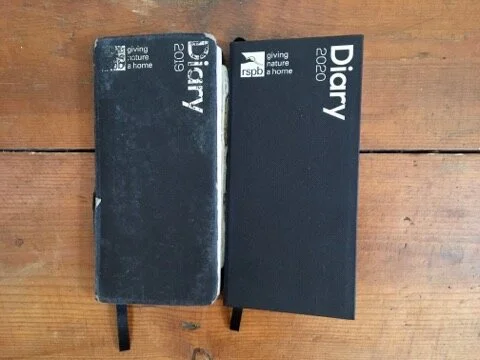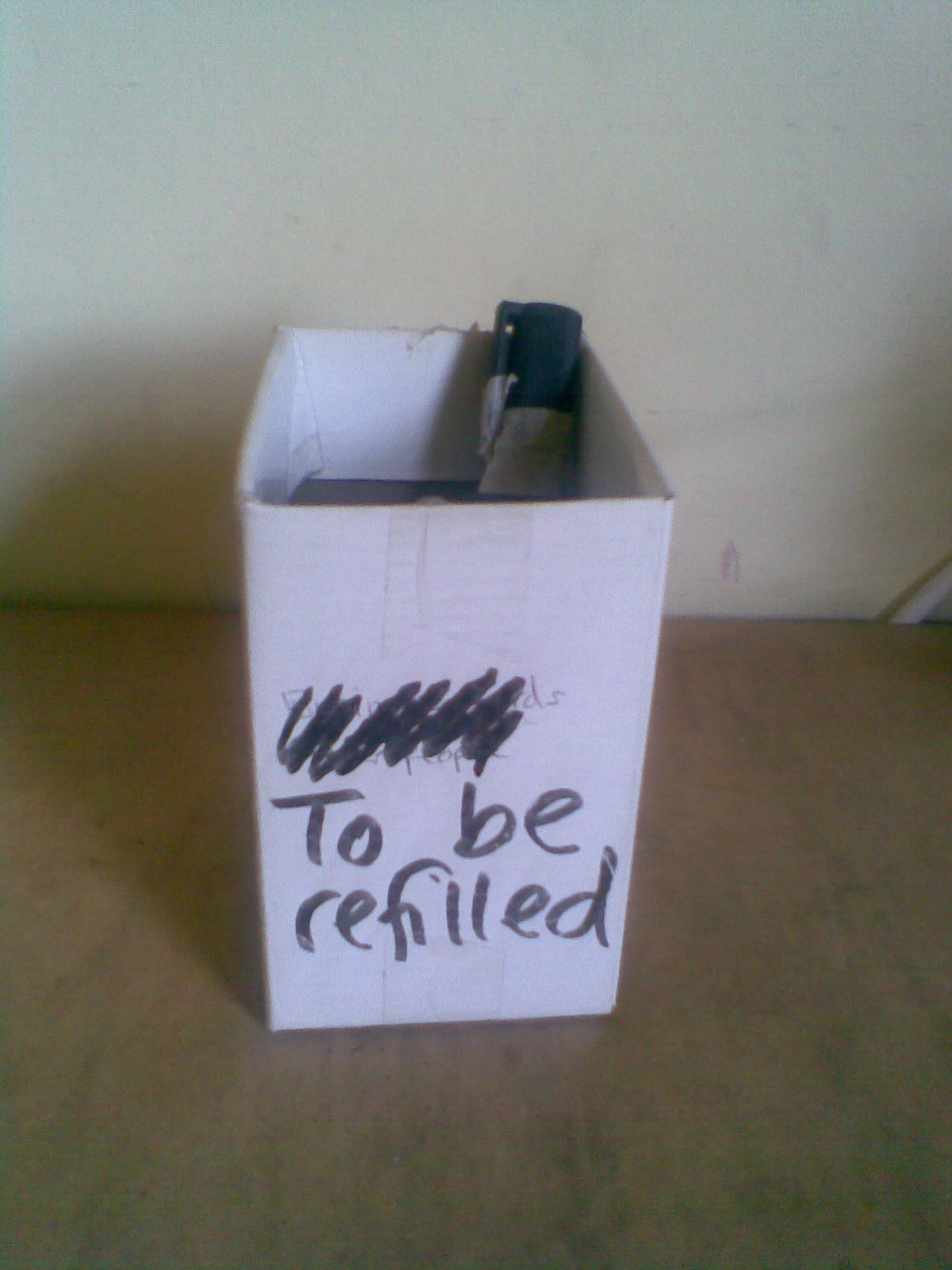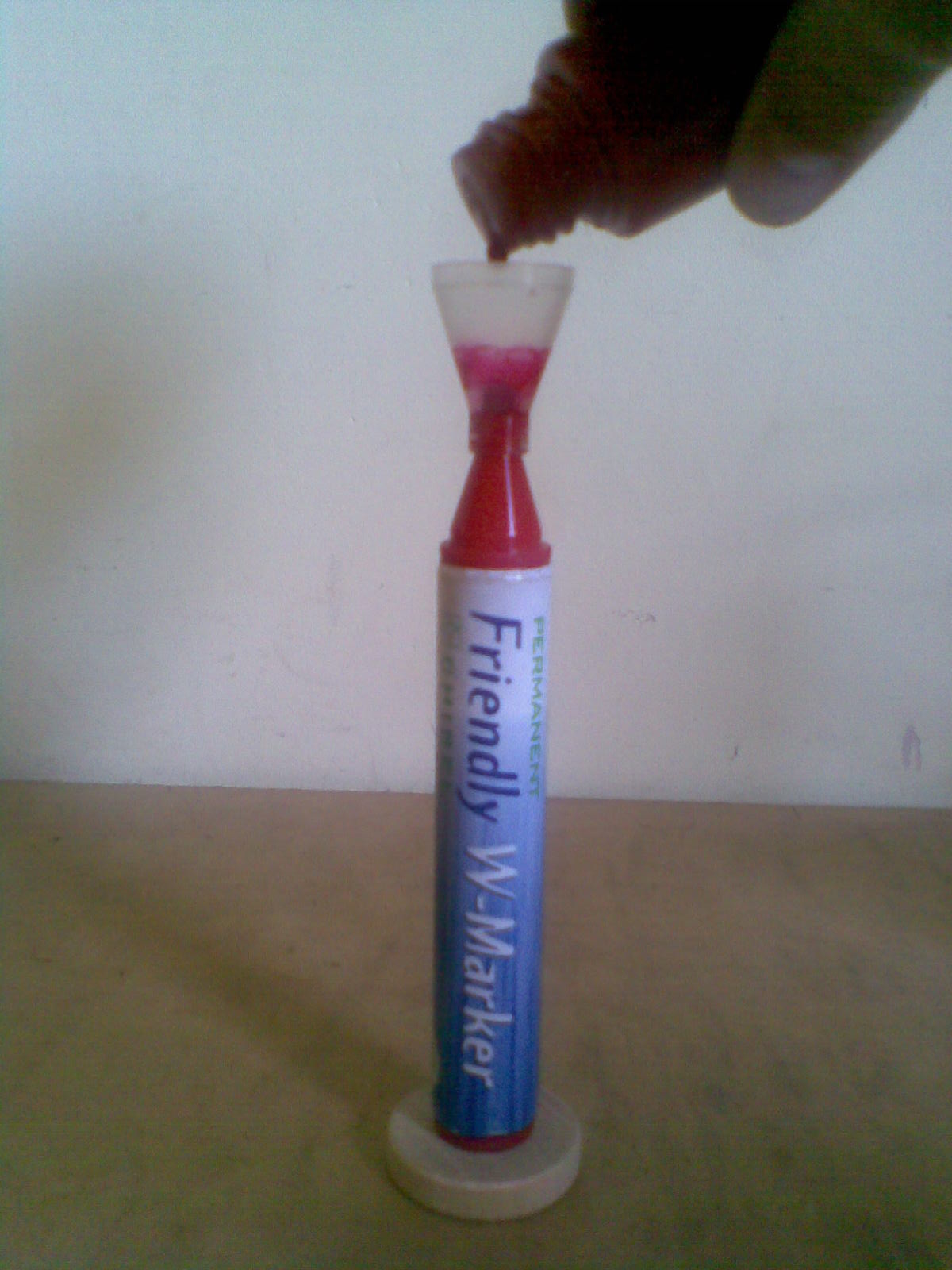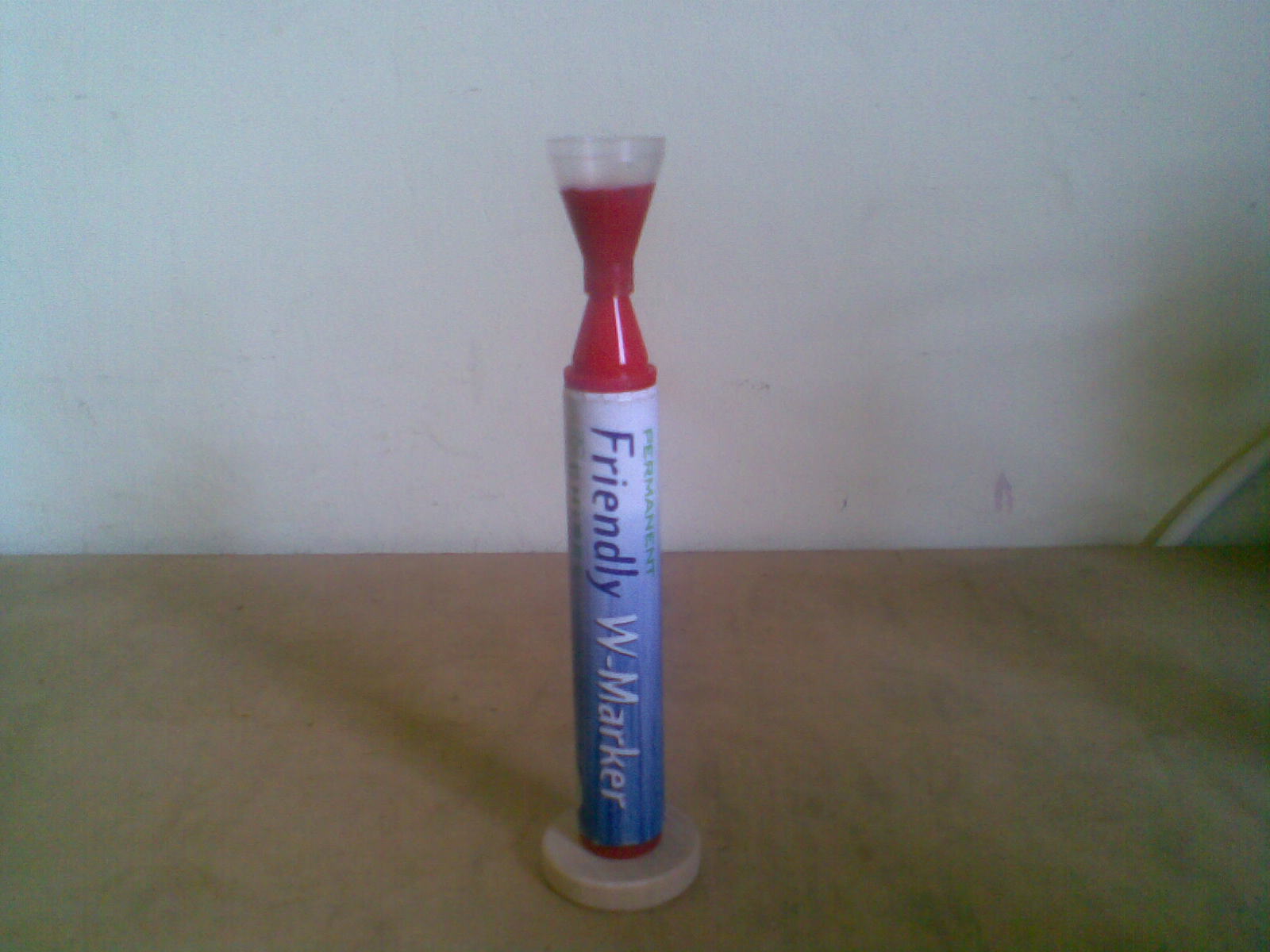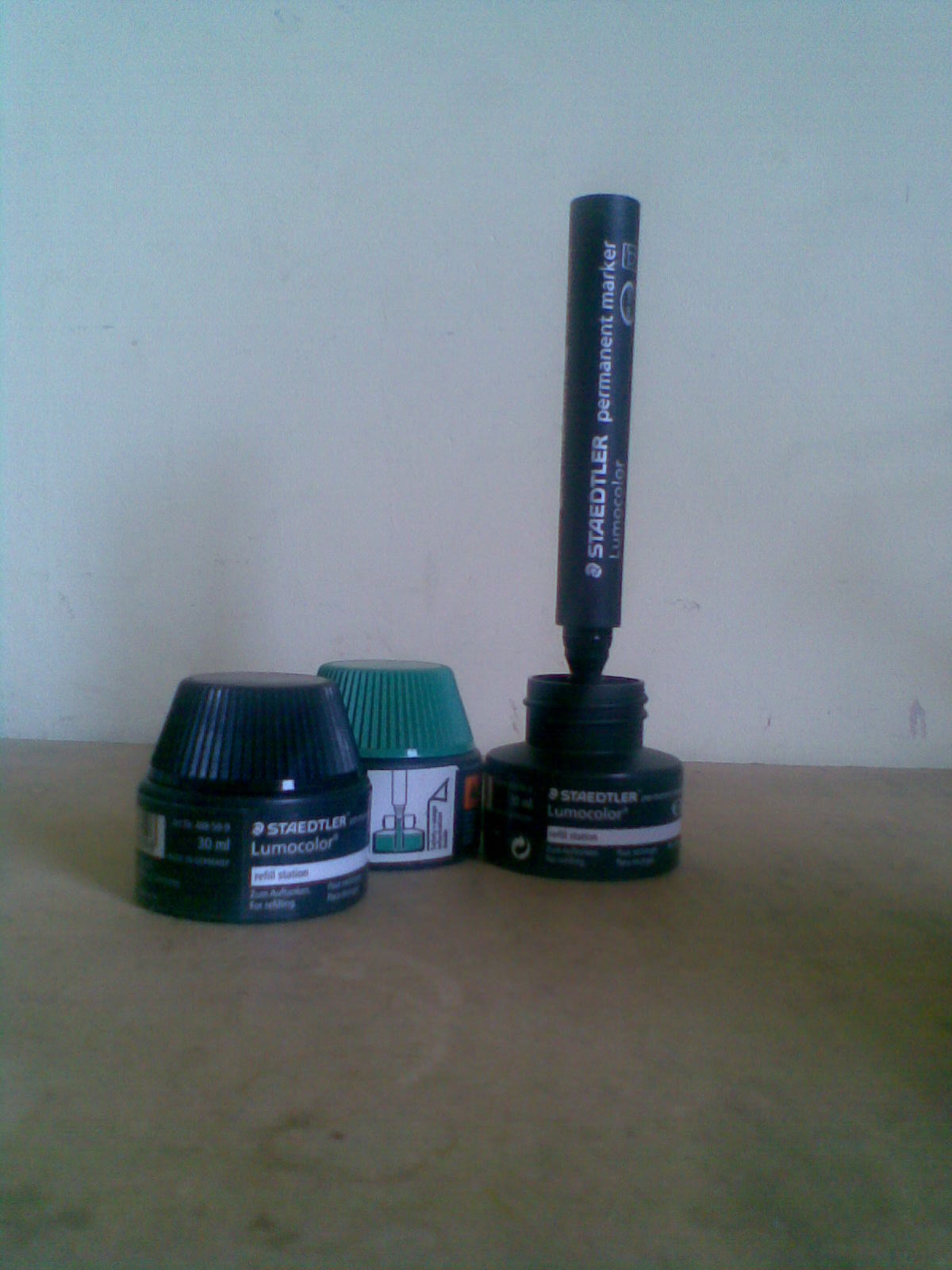Tempting and disconcerting in equal measure: being asked to write a book is such a flattering thing, dangerously seductive; being asked to write a book is such a frightening thing, because "what if it's rubbish?" Putting something in writing is a moment of commitment: hard for an inveterate hedger and fence-sitter like me. (I couldn't even decide between 'hedger' and 'fence-sitter', could I?)
Avoiding temptation, taking courage
In an attempt to stop it being rubbish, and to remind myself that it's not me that's being flattered - it's the wise things I've learnt from others - I made a conscious choice to stand on shoulders of giants both for theory and for tips that really make a difference, when writing Working Collaboratively.
I found some great academic research and theory before I decided that I really needed to stop reading and get on with writing. But it was more on 'collaborative governance' (advising others on how to do things) than multi-sector collaboration to get things done. Noticing that distinction helped me decide what to get my teeth into.
What kind of collaboration?
I knew I wanted to include examples, and there were plenty out there even from a cursory look. But I wanted to find ones which were more than contractual, more than cause-related marketing, and which involved multiple collaborators not just two (you can't change a system with just two players). I wasn't so interested in crowd-sourcing, where the hive mind is used to generate multiple clever ideas which might be the solution, but stops short of putting collaborative solutions into practice. That feels like another form of consultation to me.
It's not to say these are bad things: but to me they are less difficult and less necessary than when collaboration is a way to solve system-level wicked problems, where there is a need for simultaneous action by players who each bring a different piece of the jigsaw with them.
So I drew up some criteria and then searched for examples which both met those criteria and that I had a head-start with: knowing key players, for example, who I could be confident would at least read my email or return my call.
Hearty thanks to everyone who made time to be interviewed or to give me their perspective on some of the examples.
Book writing as a project
The project has followed a pattern I'm now pretty familiar with, in my consulting, training and facilitation work:
- excitement and disbelief at being invited to do such a cool thing;
- fear that I'll have nothing interesting or useful enough to say;
- writing myself a little aide memoire to keep those pesky internal voices at bay;
- mind mapping key points and allocating word count (in a training or facilitation situation, that would allocating minutes!);
- less familiar was the long research phase, which is not something have to do very often and was a real luxury;
- identifying examples and interviewees.
Then the actual creativity begins: knitting new things, finding scraps of existing articles, handouts or blogs to recycle and stitching it together like a quilt with additional embroidery and applique. I start committing myself to a narrative thread, to a point of view, to some definitive statements.
Then the first of many moments of truth: sending the draft off and nervously awaiting the feedback - sitting over my email until it arrives and then putting off the moment of actually opening it and reading the response.
Altering and amending the draft in response to that feedback and to my own nagging unhappiness with how I've captured something which may be very hard to pin down.
And then there's a dip: the boredom as I get too familiar with the material: is there anything new here? Will anyone else find it interesting?
At that point I know I need to leave it all to settle for a bit and come back to it fresh after some weeks. Fortunately, when I did, I felt "yes, this is what I wanted to say, this is how I wanted to say it" and crucially: "this has got things in it that readers will find useful, amusing, novel, easy to understand."
Collaboration of goodwill
It's sobering and enlightening to remember how much goodwill was involved - interviewees, people who gave me permission to use models and frameworks; anonymous and other reviewers; people helping to get the word out about it. There was a lot of swapping favours and continuing to build and reinforce working relationships. It might be possible to analyse these all down to hard-nosed motivations, but I think much of it was trust-based and fuelled by enthusiasm for the topic and a long history of comfortable working relationships.
What did I say?
As an author, it feels as if the project is ended when the final proofs go back to the publisher. But of course it doesn't, thankfully, end there. Now that I've been invited to blog, present or share expertise off the back of the book (e.g. Green Mondays, MAFN, DareConf) I have to remind myself of what I've written! Because your thinking doesn't stand still, nor should it.
